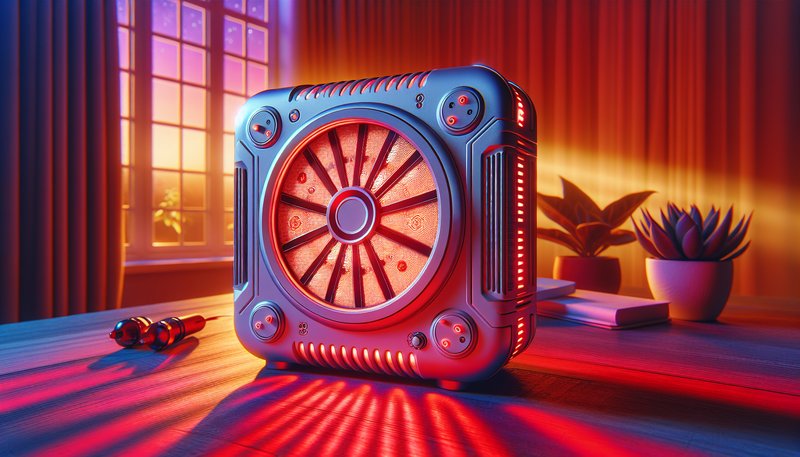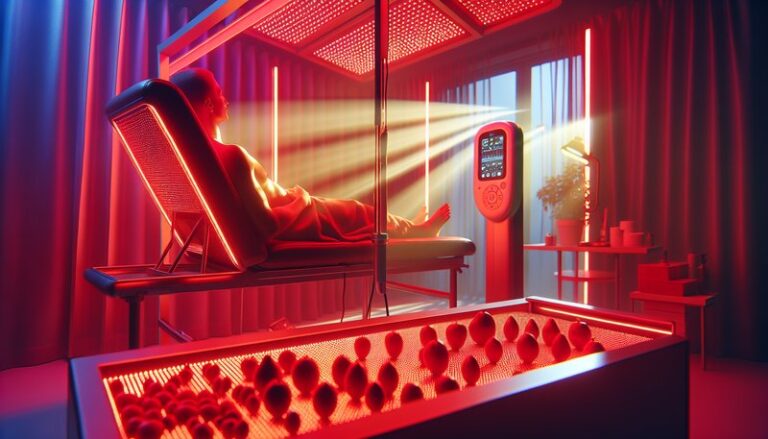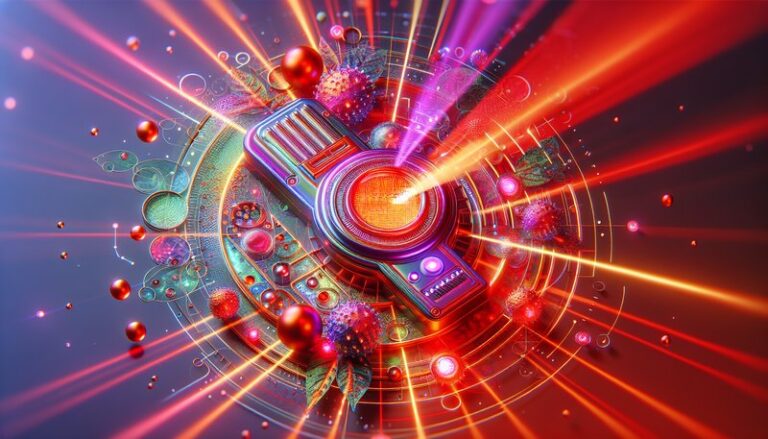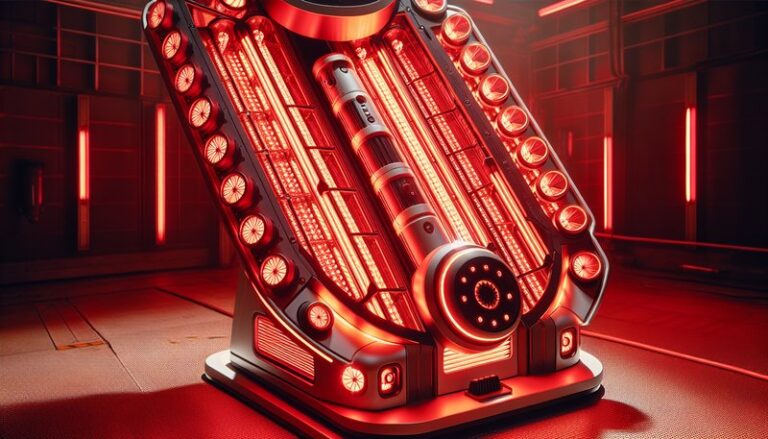Can Red Light Therapy Help Cancer?
Is red light therapy a viable treatment option for cancer patients?
This article explores the potential of red light therapy as a supportive treatment for cancer. We will examine its definition, benefits, the possibility of its implementation, and any considerations that should be taken into account when evaluating this therapy. By the end, you will have a clearer understanding of whether red light therapy can be a beneficial addition to cancer care.
Key Takeaways
- Red light therapy may provide supportive benefits to cancer patients, including pain relief and reduced inflammation.
- While promising for certain symptoms, red light therapy is not a cure for cancer and should not replace conventional treatments.
- Always consult healthcare professionals before incorporating any alternative therapies into cancer treatment plans.
What is Red Light Therapy?
Red light therapy (RLT) is a non-invasive treatment that uses specific wavelengths of light—primarily in the red and near-infrared spectrum—to promote healing and cellular regeneration. This therapy leverages low-level lasers or light-emitting diodes (LEDs) to penetrate the skin and stimulate cellular processes.
Research has indicated that red light therapy can enhance mitochondrial function, promoting increased ATP (adenosine triphosphate) production, which is crucial for cell metabolism and repair. While RLT has gained popularity in dermatology and sports medicine, its application in oncology is an emerging area of study.
RLT works by delivering light energy to cells, which may help in:
– Improving circulation
– Reducing inflammation
– Alleviating pain
What are the Benefits of Red Light Therapy?
Red light therapy is associated with several benefits, particularly for those undergoing cancer treatments. Here, we will explore these advantages in detail.
Reduced Pain and Inflammation
One of the most significant benefits of red light therapy is its ability to reduce pain and inflammation. Cancer patients often experience chronic pain due to cancer progression or treatment side effects. RLT can stimulate circulation and promote healing, potentially alleviating these symptoms.
Enhanced Recovery from Treatment
Cancer treatments, such as chemotherapy and radiation, can have debilitating side effects. Red light therapy may help improve recovery times and mitigate side effects, such as skin irritation and fatigue, allowing patients to regain their strength more quickly.
Improved Skin Health
For patients undergoing radiation therapy, skin burns and irritation are common. RLT has been shown to accelerate tissue healing and might improve skin health, reducing discomfort and promoting faster recovery from radiation-induced skin damage.
Potential Mood Enhancement
Cancer treatment can lead to emotional distress. Some studies suggest that RLT may have positive effects on mood and overall mental wellbeing, potentially helping patients cope better with their diagnosis and treatment journey.
Learn all about it in Cost of Red Light Therapy Session?
For an in-depth look, see Does Red Light Tan?
Is it Possible to Use Red Light Therapy for Cancer Patients?
Yes, it is indeed possible for cancer patients to use red light therapy, but it should be approached with caution. While the therapy shows promise for managing symptoms and enhancing recovery, it is essential to integrate it with conventional treatment methodologies.
What are the Advantages of Using RLT?
The advantages of using red light therapy for cancer patients include:
- Non-invasive: RLT is relatively safe and does not require invasive procedures, making it accessible to many patients.
- Few side effects: Unlike many medications, RLT has minimal side effects, making it suitable for individuals who may have compromised health.
- Complementary treatment: RLT can complement existing treatment plans, enhancing quality of life during traditional therapies.
What are the Disadvantages of Using RLT?
Despite its benefits, there are potential disadvantages associated with red light therapy:
- Limited research: While preliminary studies are promising, more comprehensive clinical trials are necessary to establish its efficacy and safety specifically for cancer treatment.
- Not a substitute: It’s vital to remember that RLT should not replace conventional cancer therapies but rather serve as a supplement.
What are the Things to Consider Before Using Red Light Therapy?
Before starting red light therapy, cancer patients should consider several factors to make informed decisions.
Consultation with Healthcare Providers
Always discuss with healthcare professionals before beginning any new treatment. A well-informed discussion can help in understanding how RLT may fit into current treatment plans.
Type of Cancer and Treatment Stage
The type of cancer and the stage of treatment may influence the effects of red light therapy. Some cancers may respond better than others, so tailoring the approach based on individual circumstances is essential.
Device and Technological Quality
Using a high-quality, scientifically validated red light therapy device is crucial. Verify that the technology is from a reputable source to ensure safety and efficacy.
What are the Alternatives to Red Light Therapy?
There are several alternative treatments and supportive therapies that cancer patients may consider alongside or instead of RLT.
Acupuncture
Acupuncture has been used to alleviate pain and nausea associated with cancer treatments. Studies show it may offer relief and improve overall well-being.
Physical Therapy
Physical therapy can help cancer patients regain strength and mobility post-treatment. Tailored exercises can alleviate discomfort and improve function.
Psychological Counseling
Cognitive-behavioral therapy and counseling can be effective for managing anxiety and depression related to cancer diagnosis and treatment, offering much-needed emotional support.
Conclusion: Is it Recommended to Use Red Light Therapy?
In summary, red light therapy offers several benefits that may enhance the quality of life for cancer patients, including pain relief, improved skin health, and an overall better recovery experience. However, it is not a replacement for conventional cancer treatments and should only be used as a complementary therapy after consulting healthcare professionals.
Frequently Asked Questions
Is red light therapy safe for all cancer patients?
Red light therapy is generally considered safe; however, individual circumstances may vary. Consulting with a healthcare provider is essential to ensure it is appropriate for specific conditions.
Can red light therapy cure cancer?
Red light therapy is not a cure for cancer. It may offer supportive benefits but should not replace conventional cancer treatments.
How often should red light therapy be administered?
The frequency of red light therapy sessions can vary based on the individual’s needs and treatment plan. Consultation with a professional can help determine the right schedule.
Are there any known side effects of red light therapy?
While RLT is typically well-tolerated, some individuals may experience mild effects, such as temporary redness or warmth at the treatment site. Always discuss potential side effects with a healthcare provider.
Can I use red light therapy during chemotherapy or radiation?
While RLT can be used during chemotherapy or radiation therapy, it is crucial to discuss this approach with your healthcare team to ensure safety and compatibility with ongoing treatments.






